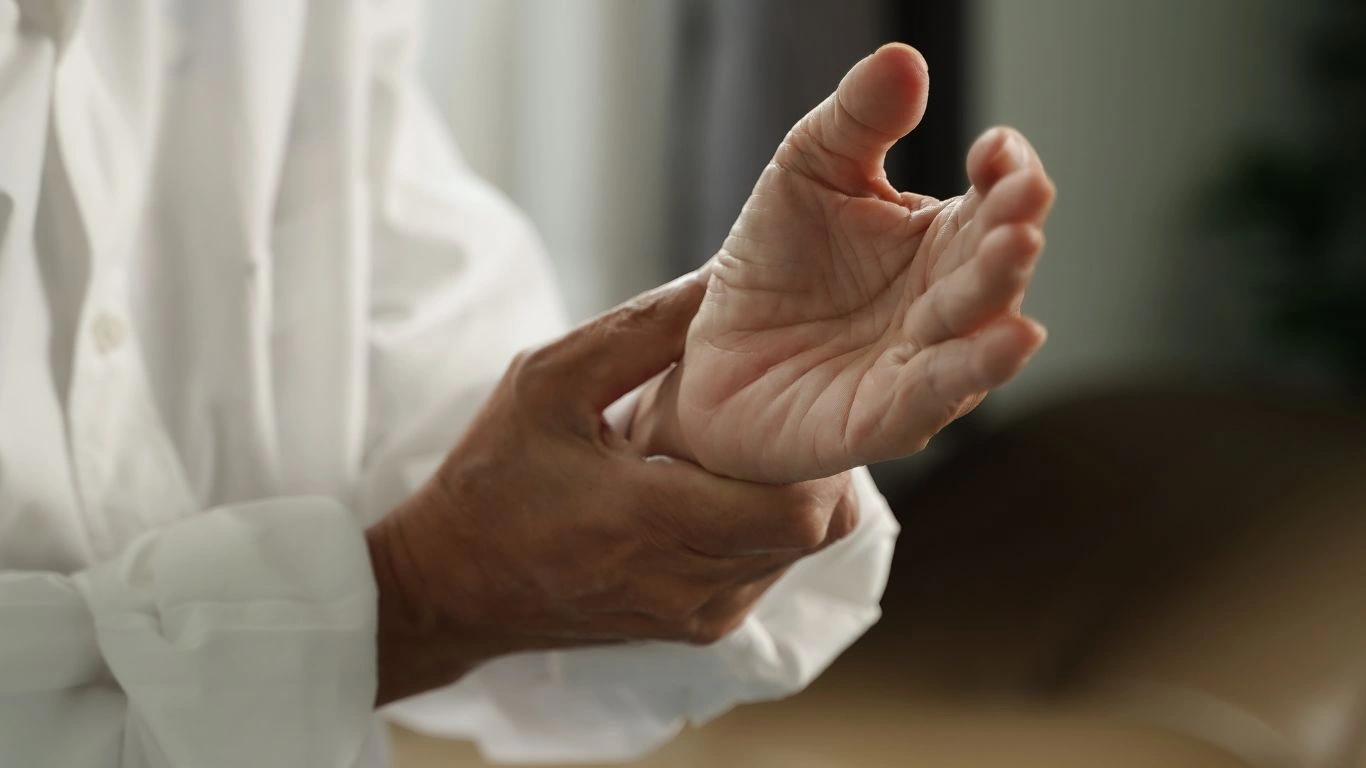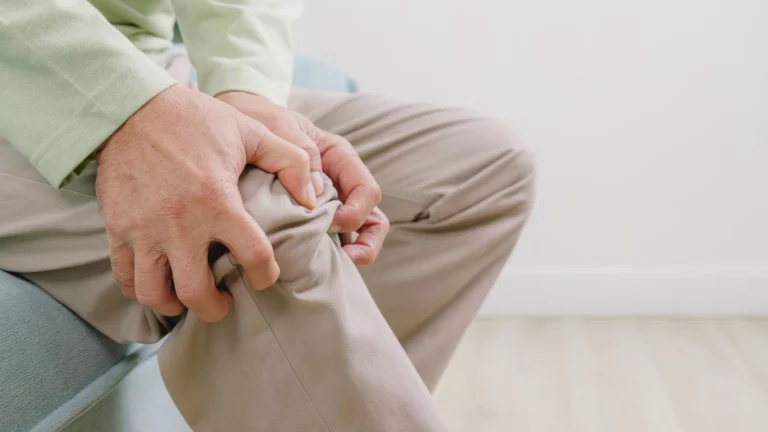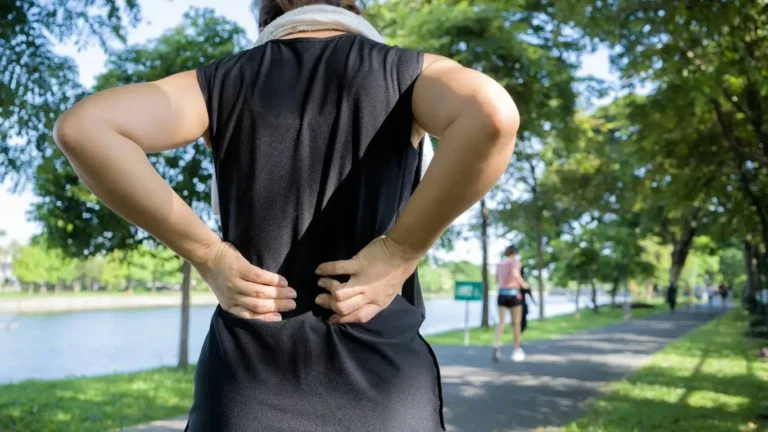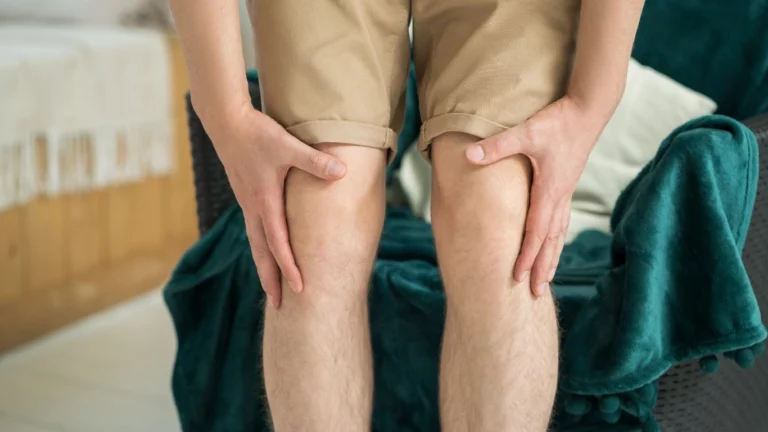Best Low-Impact Workouts for RA That Ease Joint Pain Gently
Living with rheumatoid arthritis (RA) can be challenging, especially when it comes to staying active. RA is a long-term autoimmune condition that causes the body to mistakenly attack healthy joints. This leads to pain, stiffness, and swelling, which can make movement uncomfortable. But the right kind of exercise—called low-impact workouts—can actually help manage symptoms and improve quality of life. In this article, we’ll explore the best low-impact exercises for RA, how they help, and when to talk to a doctor.
Understanding Rheumatoid Arthritis and Joint Health
Rheumatoid arthritis is different from other types of arthritis like osteoarthritis. While osteoarthritis is caused by wear and tear over time, RA is an autoimmune disease. That means the immune system, which normally fights off germs, starts to attack the lining of your joints (called the synovium).
This causes inflammation, which leads to joint pain, swelling, and damage over time. RA usually affects smaller joints first, like those in your hands and feet, but it can also involve larger joints such as knees, hips, and shoulders. The disease can also affect other body systems like the lungs, heart, and eyes.
Staying active helps keep joints flexible and muscles strong, which can reduce pain and stiffness. But high-impact exercises like running or jumping may be too harsh on inflamed joints. That’s why low-impact workouts are a safer choice for people with RA.
How Low-Impact Exercise Helps With RA
Low-impact workouts are gentle on the joints while still giving you the benefits of physical activity. These exercises improve blood flow, boost mood, and help maintain a healthy weight. Weight management is important because extra weight puts more pressure on joints and can make RA symptoms worse.
Exercise also helps with joint lubrication. When you move, your body produces synovial fluid, which helps reduce friction in the joints. Regular activity can also reduce fatigue, a common symptom of RA, and improve sleep quality.
It’s important to find a routine that works with your body—not against it. You don’t need to push yourself hard to feel better. In fact, pacing yourself and listening to your body is a key part of any RA-friendly fitness plan.
Best Low-Impact Workouts for RA
Here are some of the top low-impact exercises recommended for people with RA. These workouts can be done at home, in a gym, or with the help of a physical therapist or trainer who understands joint conditions.
- Walking: Simple, free, and easy to adapt to your energy levels. Try walking at a gentle pace on flat ground, and wear supportive shoes.
- Swimming: Water supports your body weight, taking pressure off the joints. Swimming or water aerobics can build strength and increase range of motion.
- Yoga: Gentle yoga helps improve flexibility, balance, and mental well-being. Look for classes labeled “gentle” or “therapeutic.”
- Tai Chi: This slow, flowing martial art is great for joint health. It improves balance, coordination, and relaxation.
- Stretching: Regular stretching helps keep muscles and joints flexible. Stretch in a slow, controlled way and avoid bouncing.
- Resistance Band Exercises: Light resistance bands can help strengthen muscles without putting stress on joints.
- Stationary Cycling: A recumbent or upright stationary bike allows for cardio exercise without jarring movements.
- Chair Exercises: For days when standing is difficult, seated exercises can still offer strength and flexibility benefits.
You don’t have to do them all. Pick one or two that feel good for your body and energy level. Start slow—just 10 to 15 minutes a few times a week—and increase gradually as you feel more comfortable.
Causes and Symptoms of RA
Rheumatoid arthritis isn’t fully understood, but experts believe it happens when the immune system becomes overactive and attacks healthy tissue. A mix of genetic and environmental factors—like smoking or certain infections—may play a role.
Common symptoms of RA include:
- Joint pain, especially in the hands, feet, or knees
- Stiffness in the morning lasting more than 30 minutes
- Swollen or warm joints
- Fatigue or tiredness that doesn’t go away
- Fever or weight loss (in some cases)
- Difficulty moving joints through a full range of motion
RA symptoms can come and go. You might have flare-ups, where symptoms get worse for a while, followed by periods of remission. Managing stress, getting good sleep, and staying active can help reduce the number and intensity of flares.
When to Talk to a Doctor
If you have joint pain that won’t go away or morning stiffness that lasts for more than a few weeks, talk to your doctor. The earlier RA is diagnosed, the better. Starting treatment early can slow joint damage and improve long-term outcomes.
If you’re already diagnosed with RA, contact your healthcare provider if:
- Exercise causes sharp or lasting pain
- You experience new swelling or heat in joints
- Fatigue or weakness gets worse
- You notice changes in how you walk or move
Before starting a new exercise program, check in with your doctor or a physical therapist. They can help you choose safe activities based on your condition and health history.
Movement is medicine—especially for people with RA. You don’t have to push through pain, but staying gently active most days of the week can make a big difference. Take it one day at a time, listen to your body, and know that small steps still count toward feeling better.

Tarra Nugroho is a dedicated Nurse Practitioner with a strong foundation in family and preventive care. She brings both compassion and clinical expertise to her practice, focusing on patient-centered care and health education. As a contributor to Healthusias.com, Tarra translates medical knowledge into clear, empowering articles on topics like women’s health, chronic disease management, and lifestyle medicine. Her mission is simple: help people feel seen, heard, and informed—both in the clinic and through the content she creates. When she’s not caring for patients, Tarra enjoys weekend hikes, plant-based cooking, and curling up with a good health podcast.






